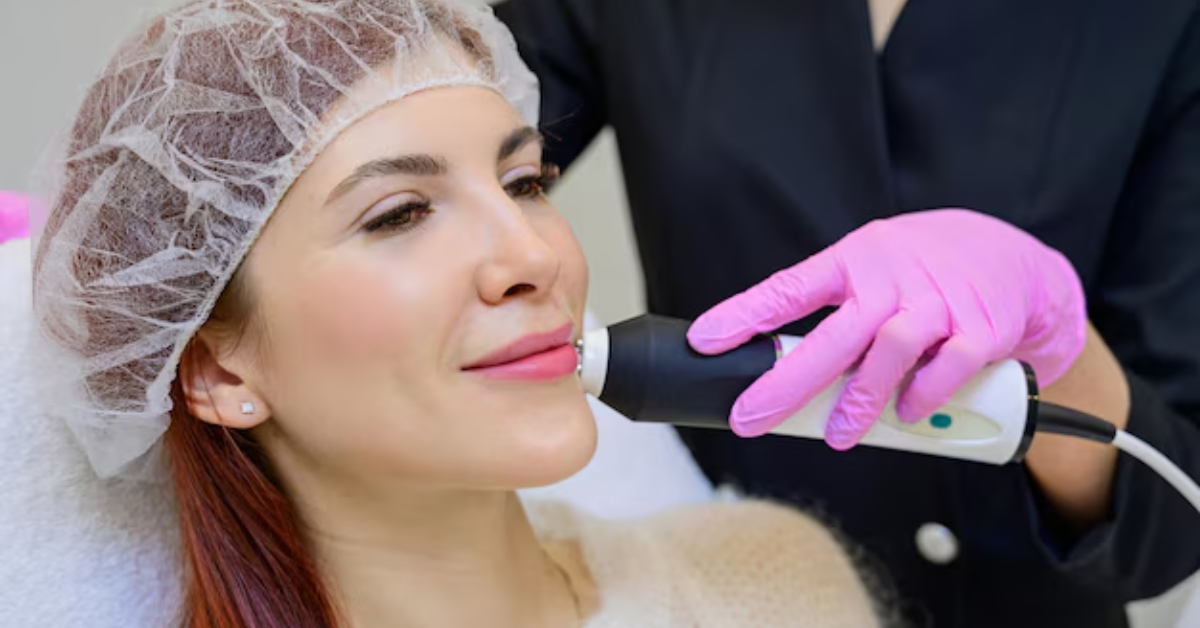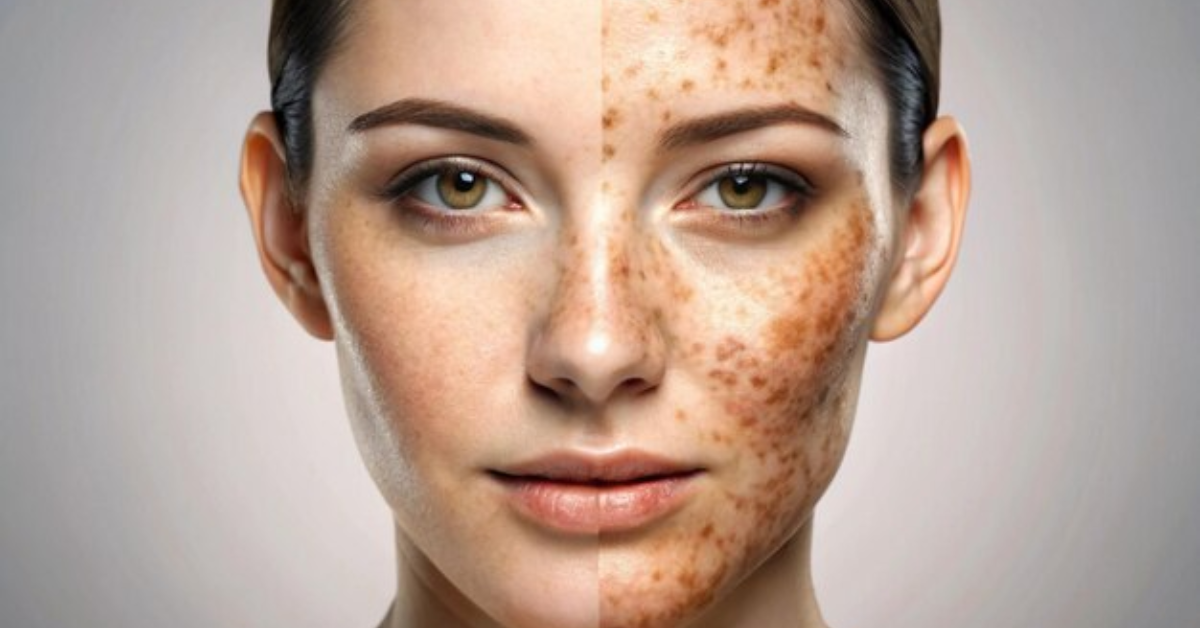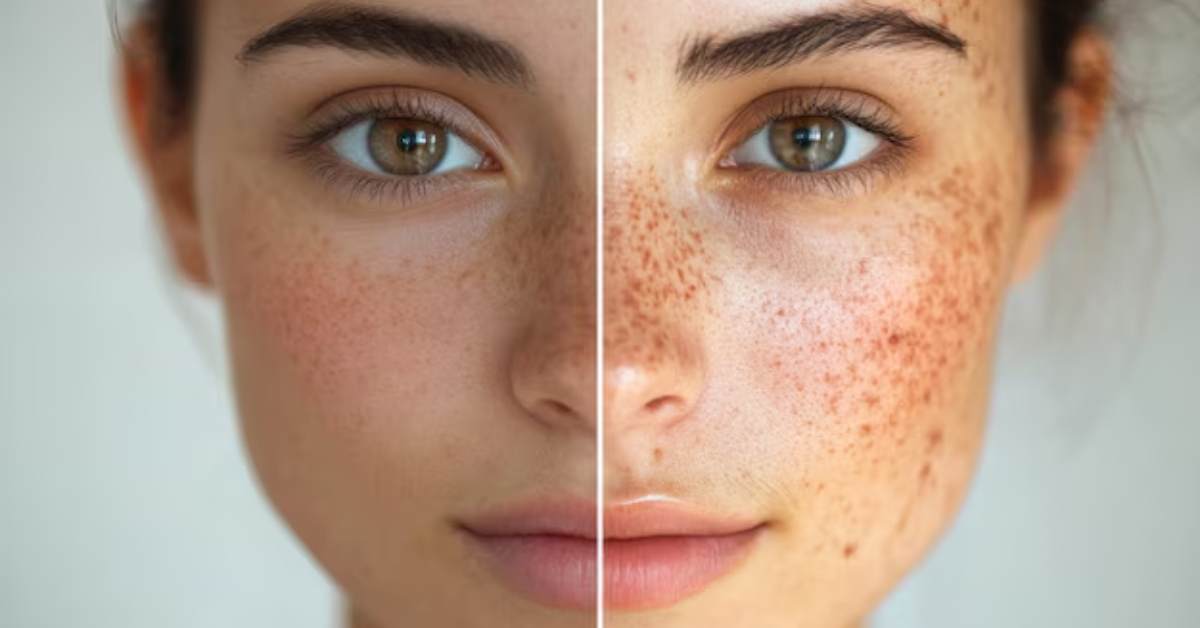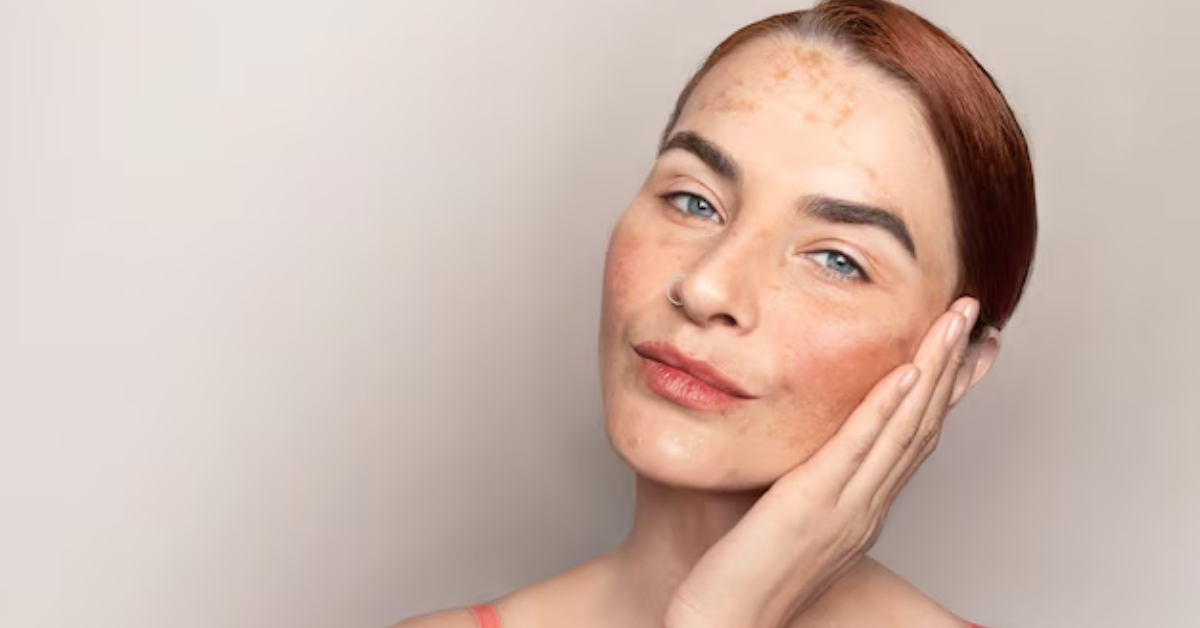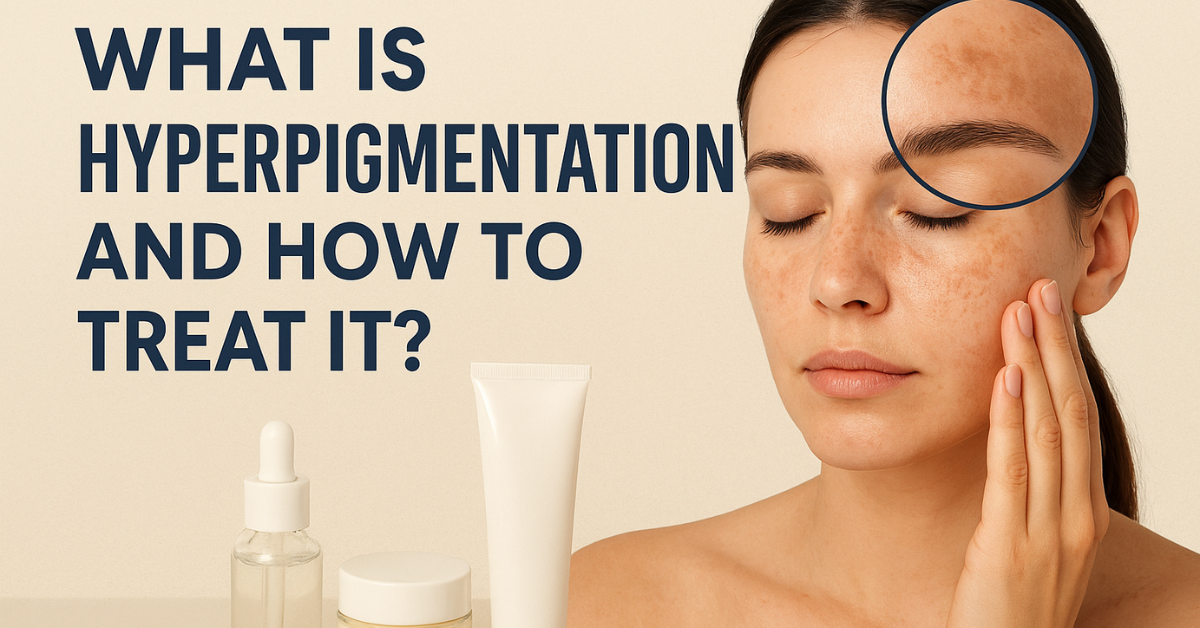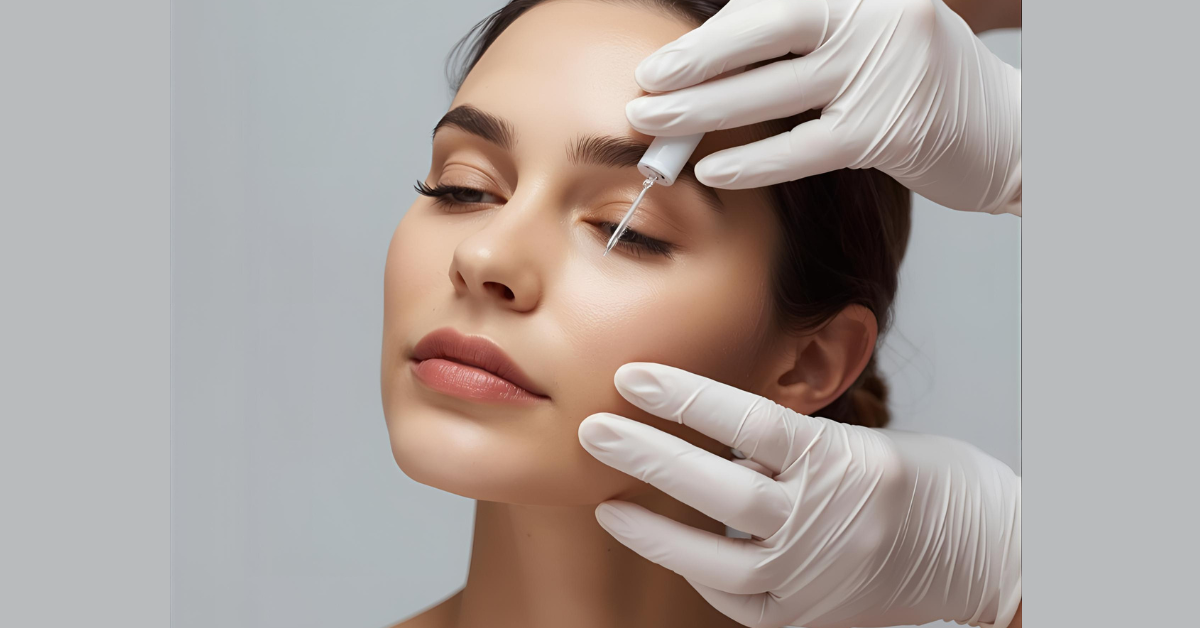Is Microneedling the Right Skincare Treatment for You?
In recent years, microneedling has emerged as a popular skincare treatment, promising to rejuvenate the skin, reduce fine lines, and even out skin tone. But like any cosmetic procedure, it’s important to understand what microneedling entails, its benefits, potential risks, and whether it’s the right option for your skincare needs. This article will guide you through the ins and outs of microneedling, helping you make an informed decision.
What is Microneedling?
Microneedling, also known as collagen induction therapy, is a minimally invasive cosmetic procedure that involves the use of fine needles to create tiny punctures in the top layer of the skin. These micro-injuries stimulate the body’s natural wound healing processes, triggering the production of collagen and elastin. Over time, this can result in smoother, firmer, and more youthful-looking skin.
The Benefits of Microneedling
Microneedling offers a range of benefits that make it an attractive option for many people looking to improve their skin’s appearance. Some of the key benefits include:
Reduces Fine Lines and Wrinkles: One of the most sought-after benefits of microneedling is its ability to reduce the appearance of fine lines and wrinkles. By promoting collagen production, microneedling helps to plump the skin, smoothing out wrinkles and giving the skin a more youthful appearance.
Improves Skin Texture and Tone: Microneedling can be highly effective in improving the overall texture and tone of the skin. It can help to reduce the appearance of acne scars, large pores, and other imperfections, leaving the skin looking smoother and more even.
Enhances Product Absorption: The micro-injuries created during a microneedling session can temporarily increase the skin’s permeability, allowing for better absorption of skincare products. This means that the serums and creams you apply after microneedling may be more effective.
Minimizes the Appearance of Scars and Stretch Marks: Microneedling has been shown to be particularly effective in reducing the appearance of acne scars and stretch marks. The procedure stimulates the skin’s natural healing process, helping to break down scar tissue and encourage the growth of new, healthy skin.
Non-Invasive with Minimal Downtime: Compared to more invasive cosmetic procedures, microneedling is relatively non-invasive and requires minimal downtime. Most people experience some redness and mild swelling for a day or two after the procedure, but this typically subsides quickly.
Is Microneedling Right for Your Skin Type?
While microneedling can be beneficial for many people, it’s important to consider whether it’s the right treatment for your specific skin type and concerns.
Suitable for Most Skin Types
Microneedling is generally safe for most skin types, including those with sensitive or darker skin tones. Unlike some other treatments, microneedling does not involve heat, so there’s a lower risk of hyperpigmentation in people with darker skin.
Considerations for Acne-Prone Skin
If you have active acne, microneedling may not be the best option. The procedure can potentially spread bacteria, leading to further breakouts. It’s advisable to wait until your acne is under control before considering microneedling.
Not Recommended for Certain Skin Conditions
People with certain skin conditions, such as eczema, psoriasis, or rosacea, should avoid microneedling as it can exacerbate these conditions. Always consult with a dermatologist before undergoing any cosmetic procedure.
What to Expect During a Microneedling Procedure
Understanding what happens during a microneedling session can help alleviate any anxiety and ensure you’re well-prepared.
Pre-Treatment Preparation: Before your microneedling session, your skincare professional will likely advise you to avoid certain products, such as retinoids and exfoliants, for a few days. It’s also important to stay hydrated and avoid sun exposure.
The Procedure Itself: During the procedure, a numbing cream is typically applied to the skin to minimize discomfort. The microneedling device, which contains fine needles, is then passed over the skin, creating controlled micro-injuries. The process usually takes about 30 to 60 minutes, depending on the area being treated.
Post-Treatment Care: After the procedure, your skin may be red and sensitive, similar to a mild sunburn. It’s crucial to follow your provider’s aftercare instructions, which may include avoiding sun exposure, using gentle skincare products, and keeping the skin moisturized.
Potential Risks and Side Effects of Microneedling
While microneedling is generally considered safe, it’s important to be aware of the potential risks and side effects.
- Common short-term side effects include redness, swelling, and mild discomfort. These typically resolve within a few days. In rare cases, some people may experience bruising or peeling.
- Although rare, there is a small risk of infection if the procedure is not performed under sterile conditions or if proper aftercare is not followed. It’s essential to choose a reputable provider and adhere to all aftercare guidelines.
- In some cases, microneedling can cause temporary hyperpigmentation, especially in individuals with darker skin tones. This is usually temporary and can be minimized by following post-treatment care instructions.
How Often Should You Get Microneedling?
The frequency of microneedling sessions depends on your skin concerns and goals. If you’re looking to maintain a youthful appearance, a series of 3-4 treatments spaced about 4-6 weeks apart is often recommended. After completing the initial series, many people opt for maintenance treatments every 6-12 months. If you’re targeting specific concerns like acne scars or stretch marks, you may need more frequent treatments. In these cases, your provider might suggest 6-8 sessions, with the same 4-6 week interval.
Conclusion: Is Microneedling Right for You?
Microneedling can be an effective treatment for a wide range of skin concerns, from fine lines and wrinkles to acne scars and stretch marks. However, it’s not suitable for everyone. Before deciding to undergo microneedling, it’s important to consider your skin type, any underlying conditions, and your skincare goals. Consulting with a qualified skincare professional can help you determine whether microneedling is the right choice for you, or if an alternative treatment might be more appropriate. With the right approach, you can achieve the healthy, radiant skin you desire.



